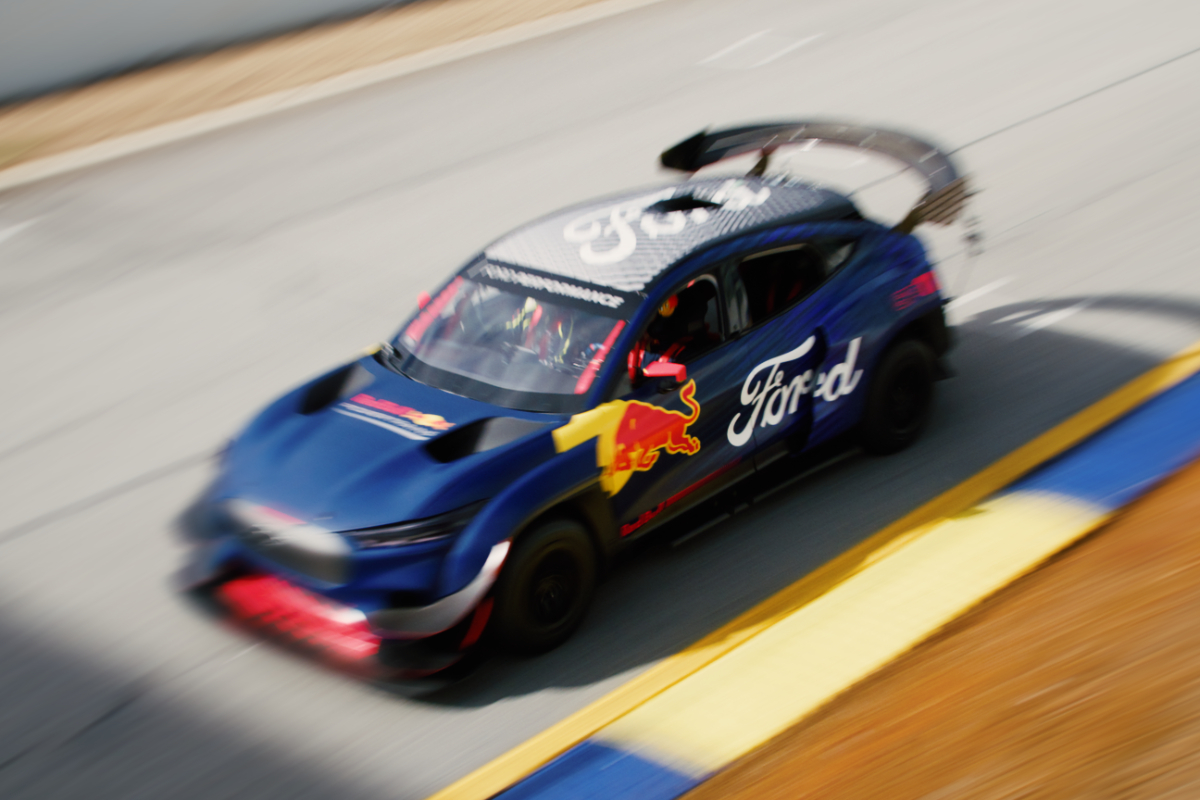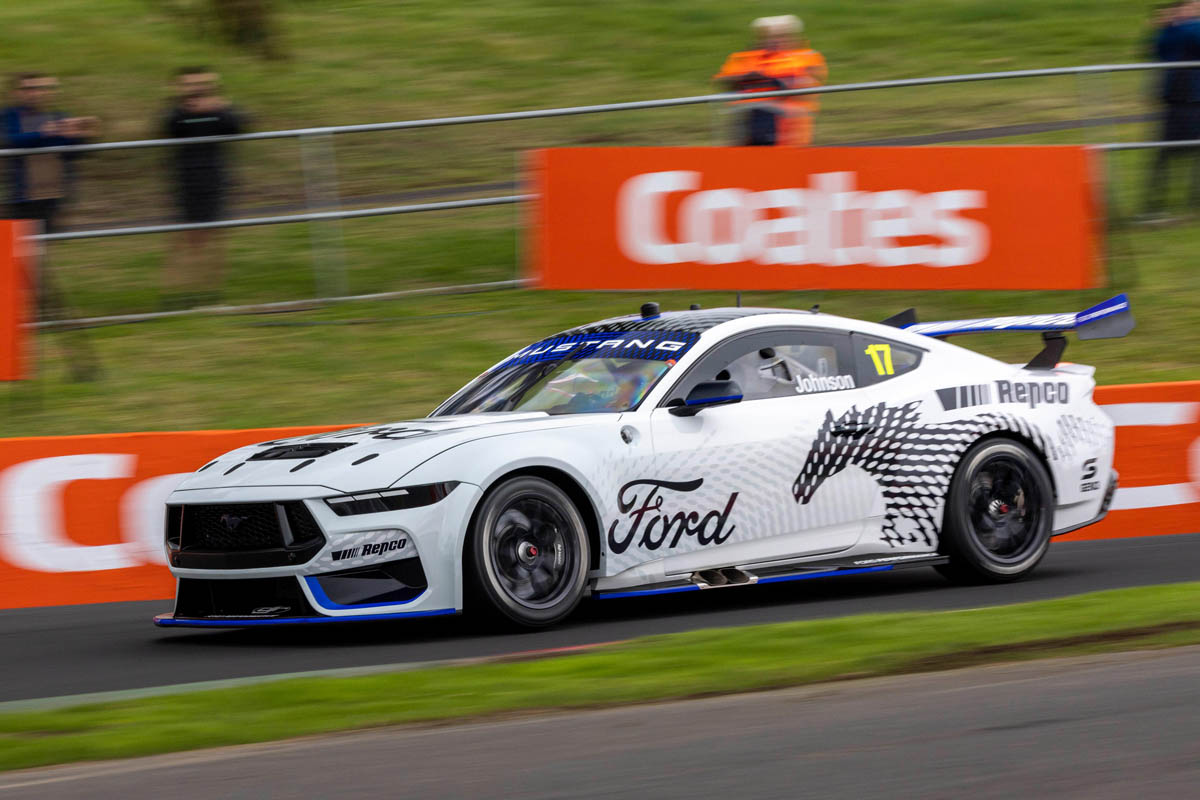
Ford’s decision to return to Formula 1 in 2026 with Red Bull Powertrains will play a major role in helping develop and sell its next-generation of electric cars.
Ford Performance Motorsport global director, Mark Rushbrook and Ford Performance global boss, Trevor Worthington, had previously told Torquecafe in late 2022 that Ford’s priority was to race vehicles it sold. This meant using production-based cars including the Mustang in Supercars, NASCAR, GT3 and more, as well as the Ranger Raptor in the Baja 1000.
READ MORE: Ford confirms Formula 1 return
However, speaking after the American auto giant announced its F1 return, Rushbrook explained the reason for this strategy change. Ford will join F1 when the new hybrid engine regulations come into force, which put more onus on the electrical system and switch the combustion engines to synthetic fuel. Despite being a hybrid powertrain, Rushbrook believes the new regulations put enough emphasis on the electric motor and F1’s global reach make it an ideal platform to promote its range of production electric vehicles.
ROAD TEST: Ford Mustang Mach-E review
“The attractiveness of Formula One is really around the opportunity to learn more to test our knowledge of electrification in the hybrid units and Formula 1 to learn and bring it back,” Rushbrook said. “So we are very, very confident with the challenge in front of us, to go racing, that we are going to learn, we’re going to bring knowledge.”

Crucially, Rushbrook believes the new F1 rules will allow Ford to make key learnings in EV technology that can be applied to future road cars. In the same way companies such as Renault and Ferrari used F1 to learn about turbochargers in the 1980s, Ford sees an opportunity to learn about batteries and software that can later be applied in the real-world.
“We’re gonna learn more about that knowledge centred around things like battery cell technology, the cell chemistry, the battery cells themselves, the battery packs, the electric motor and more,” Rushbrook explained. “So the control software and the calibration of that software for the electric motor and blending it with the combustion engine portion of it, the analytics that are involved around the data and the processing. More broadly software, I would say, the total vehicle even beyond the power unit itself, and then also aerodynamics, it’s an area where we’ve learned a lot already. Actually, the leader for our aerodynamics team came from Red Bull about six or seven years ago. But we know there’s more knowledge that we can bring out of Red Bull to help us learn more about the CFD processes and windtunnel processes so that as we’re trying to stretch the range of our full electric vehicles, we can reduce the drag and get range improvements there.”
ROAD TEST: Ford F-150 Lightning review

While he concedes that Ford prefers to race its showrooms vehicles, the reach and demographic F1 appeals to is too good to miss to help promote its expanding range of electric vehicles.
“So yes, absolutely, racing what we sell is important, because there is a direct correlation, but also racing in the technology of electrification, and being able to bring that back, not just to one specific vehicle or nameplate, but more broadly across all of our electrified products is important for us from the technology perspective,” he said.
“And our strategy from a marketing perspective to take advantage of it is obviously a Mustang Mach-E, or an F-150 Lightning or electric Transit or any of our future electric vehicles, they will not look like a Formula 1 car, we know that so we can’t make that connection,” he added. “But we can make a connection through the spectacle, the racing itself, and the electrification through the racing team with Red Bull and Alpha Tauri. And all of the racing drivers with a very strong loyal fan base that they have, we can connect those drivers to our electrified growth products to be able to tell to such a large fan base the story of our company, our employees, and our products. So this fourth pillar for Formula 1 is certainly different than many of the other pillars. But together, we think that makes sense overall.”













Discussion about this post